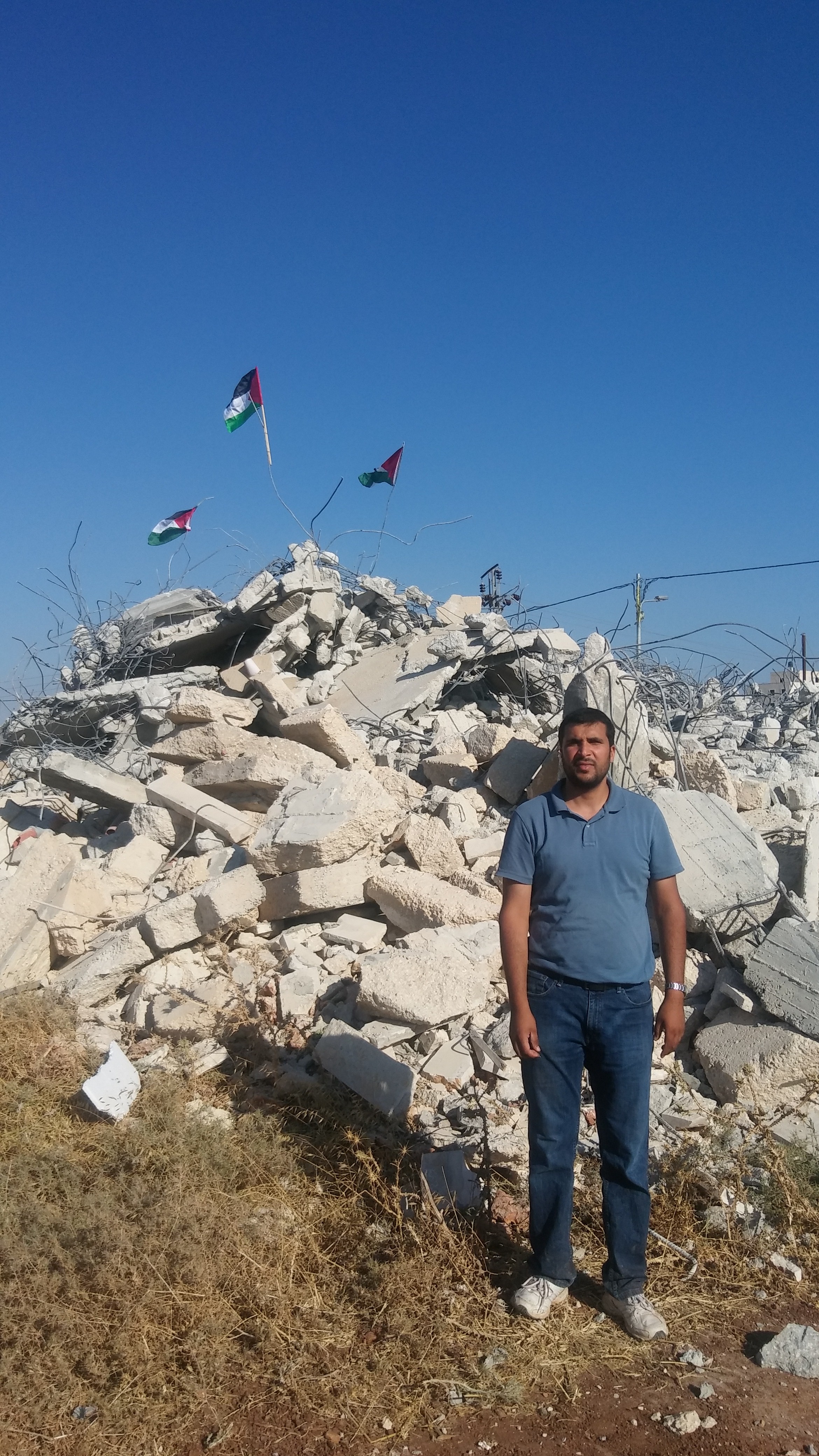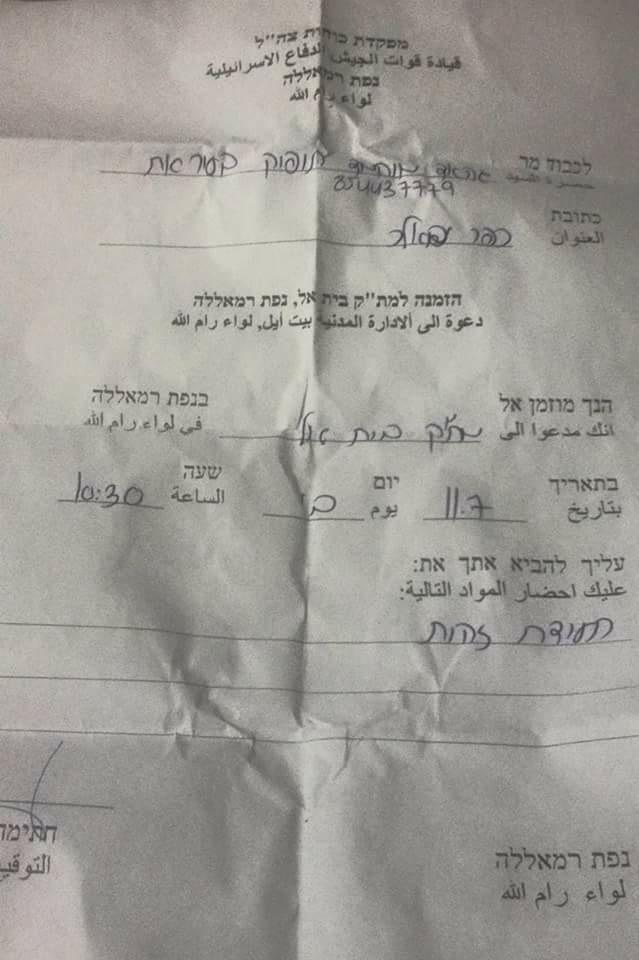Category: Ramallah
-
Call to action: Olive Harvest 2016
9th September 2016 | International Solidarity Movement | Ramallah, occupied Palestine At a time of increasing settler violence in the West Bank, the International Solidarity Movement is issuing an urgent call for volunteers to participate in the 2016 olive-harvest on the invitation of Palestinian communities. The olive tree, a national symbol for Palestinians, is an…
-
“They destroyed the houses, they destroyed our dreams”
27 July 2016 | International Solidarity Movement, Ramallah team | Qalandia village, occupied Palestine Late Monday evening, Israeli forces entered the village of Qalandia with 15 bulldozers and around 150 soldiers. In the village the Israeli military destroyed 11 new built houses, attacking the residents of the village with stun grenades, tear gas, rubber coated…
-
Occupation forces issue notice for Palestinian, dead for 22 years, to report for interrogation
12th July 2016 | International Solidarity Movement, al-Quds team | Kufr Malik, occupied Palestine On July 9th at 4:00 in the morning, the Be’rat family awoke to find Israeli soldiers pounding on the door of their home in Kufr Malik, demanding that Jihad, the son of Mohammed Tawfik and Nadia Mustafa, report for interrogation. Jihad,…



